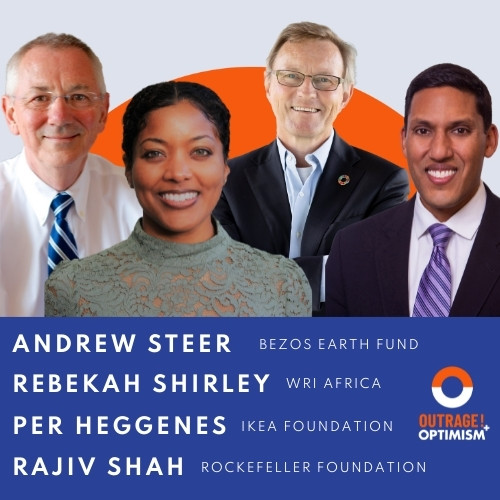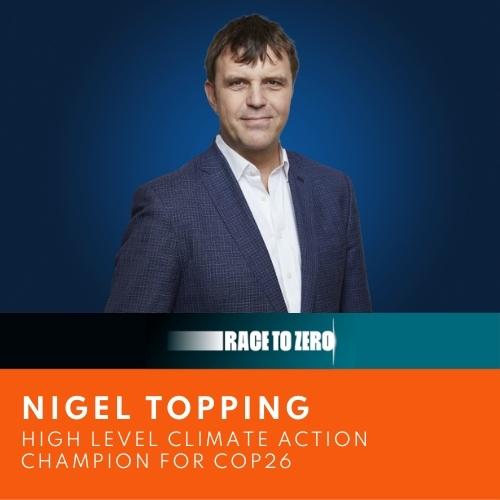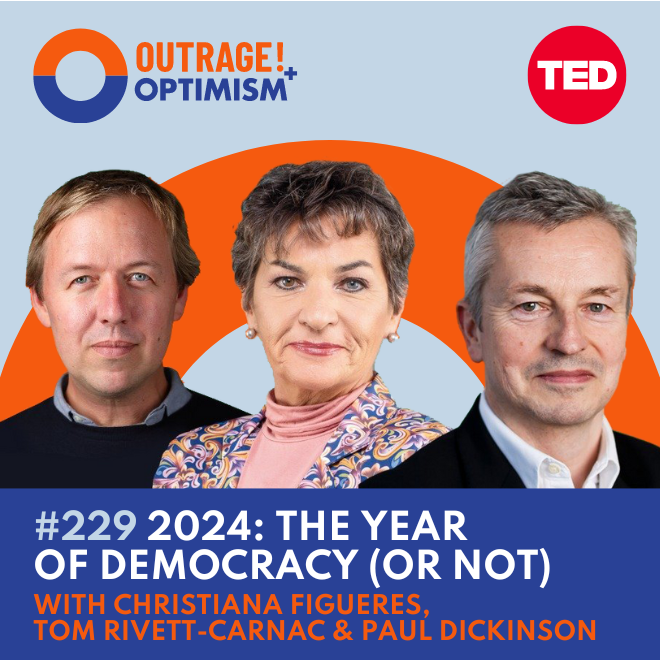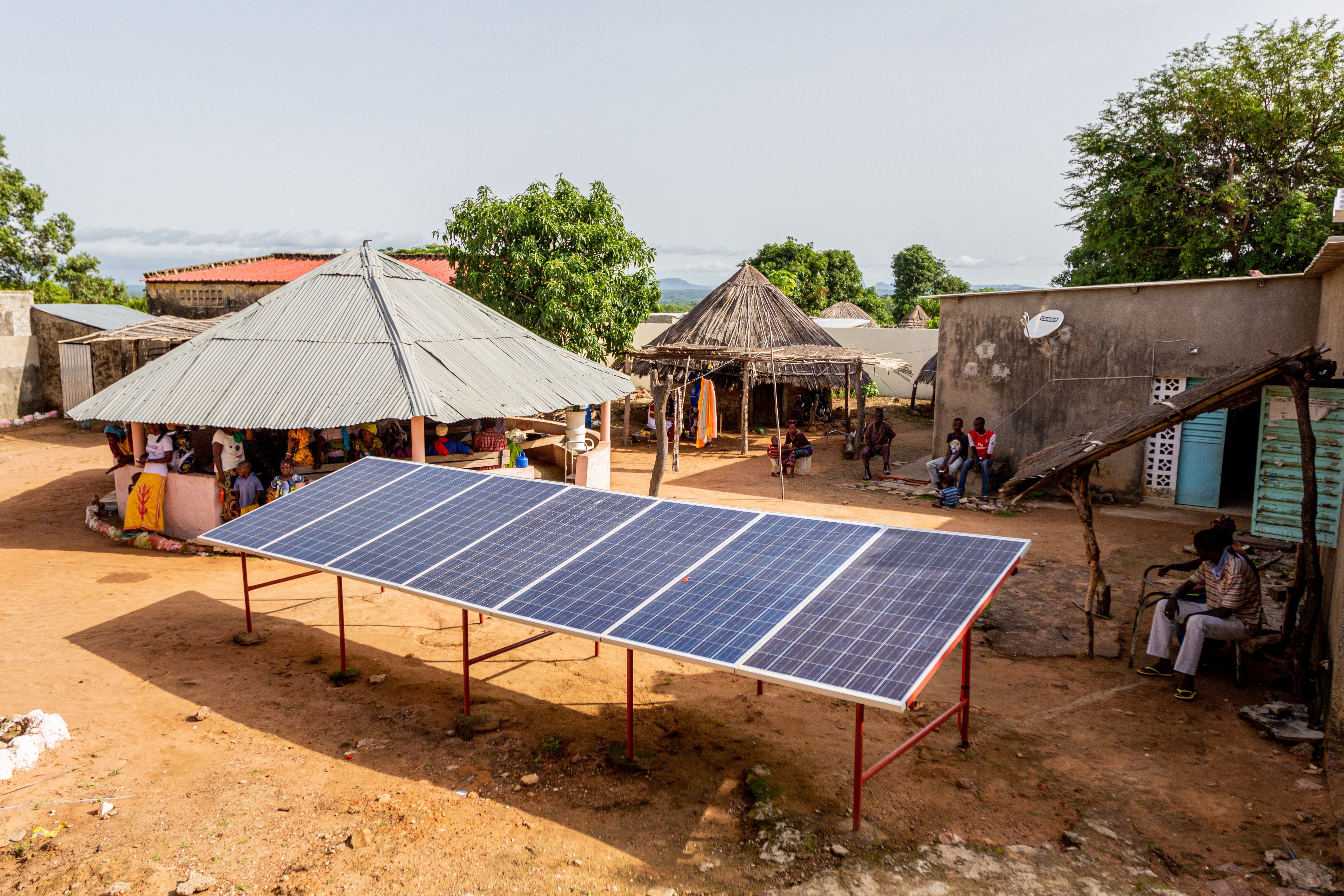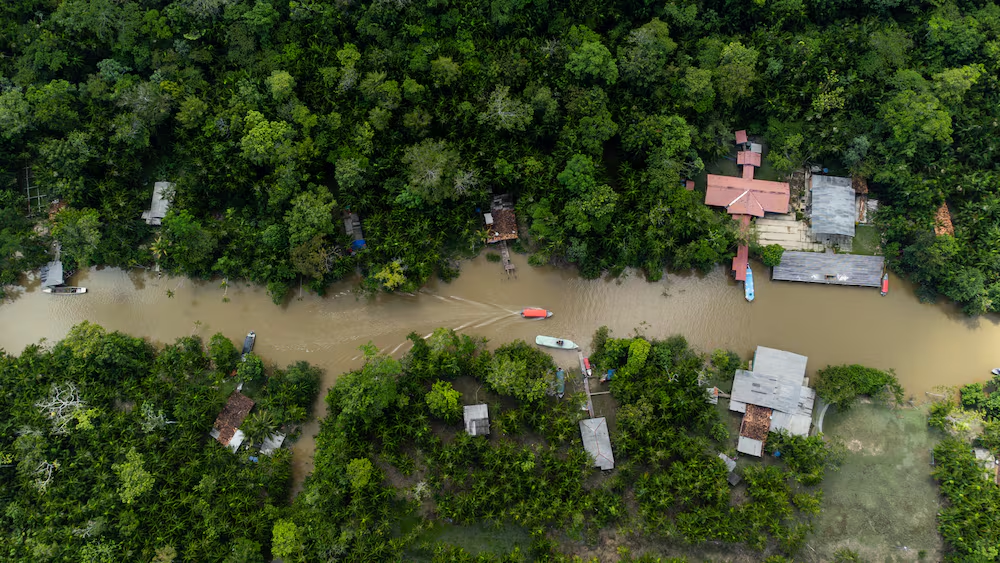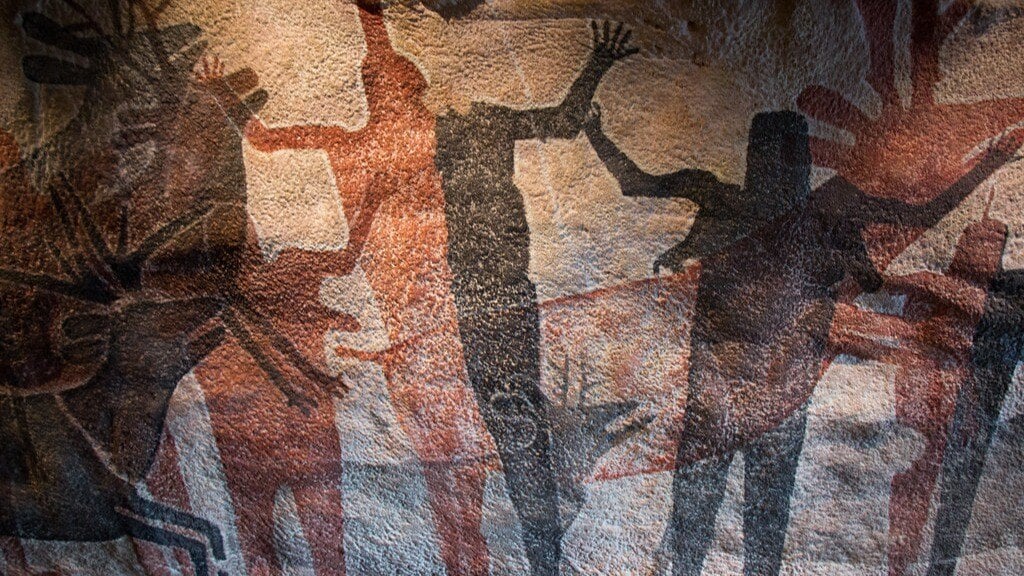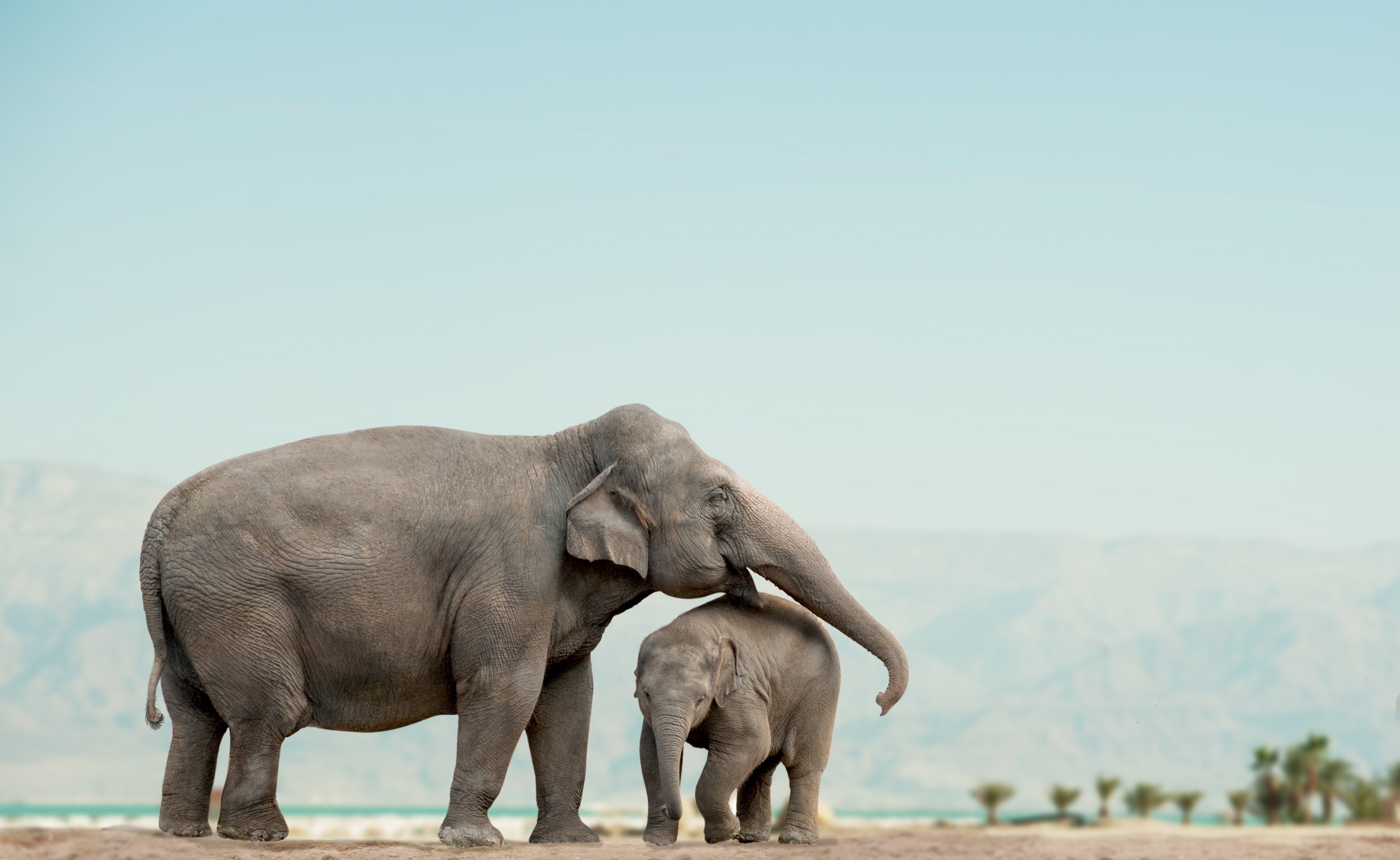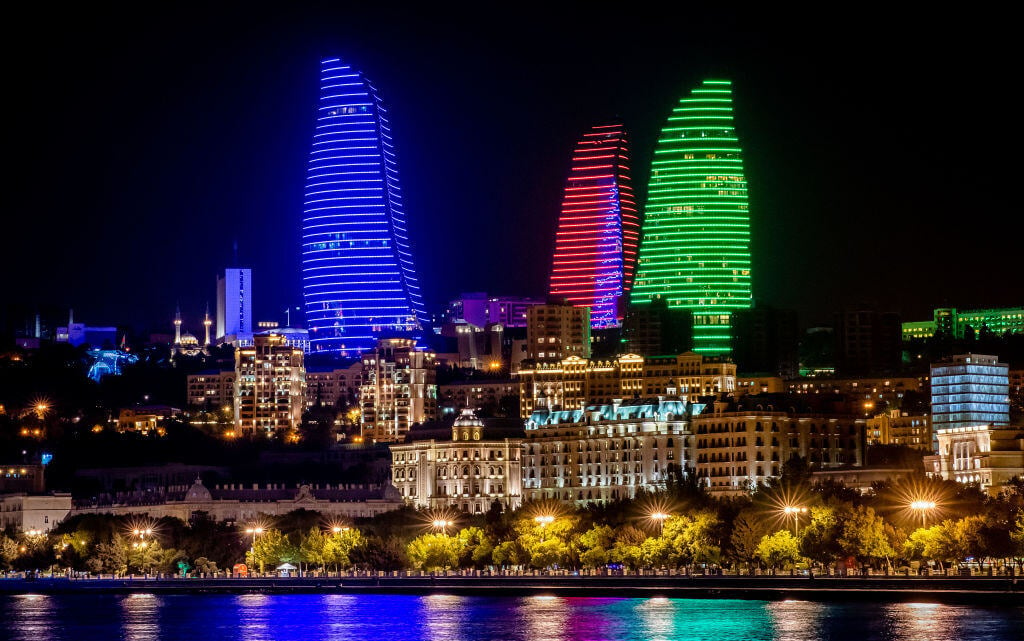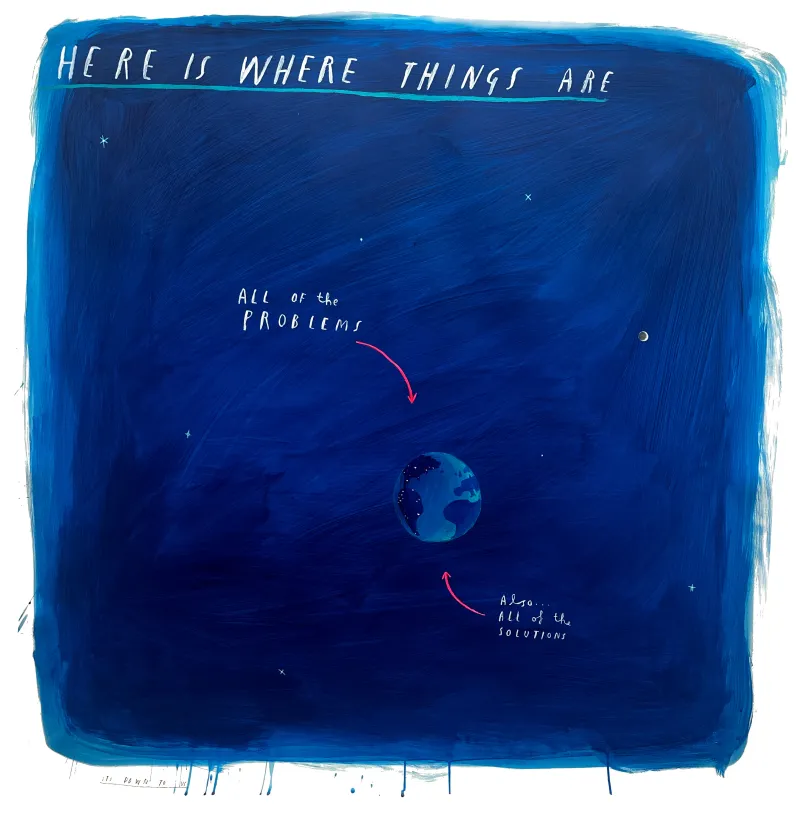109: The Race to Resilience!
The Race to Resilience is on!
About this episode
This week has seen another extremely harsh wildfire season and searing temperatures in the global North, Tropical Storm Elsa ripped through the Caribbean, becoming the first hurricane to hit Barbados in 60 years, and way down in the south of the planet, New Zealand has its hottest winter.
It is absolutely vital that the Race to Zero (emissions) and an equally important set of measures for adaptation and resilience be undertaken – at the same time – to allow humanity to thrive in the near and distant future.
So what exactly is the Race to Resilience? Join Christiana, Tom and Paul as we explore the links between tackling climate change, protecting and enhancing biodiversity, ensuring ocean health and changing how we use land. Among a few other notable guests, we talk to two city leaders building resilience in two very different communities, addressing local challenges and bringing thousands of citizens together to tackle climate change.
This week you’ll hear from:
- Elizabeth Mrema, UN Assistant Secretary-General and Executive Secretary of the Convention on Biological Diversity
- Anne-Marie Trevelyan, COP 26 International Champion for Adaptation and Resilience, and UK Energy and Climate Change Minister
- Enric Sala, National Geographic Explorer in Residence, National Geographic Pristine Seas
- Mayor Kate Gallego, Mayor of Phoenix, Arizona
- Mayor Mohammed Sowah, Mayor of Accra, Ghana
We are racing against time – and rather than allowing fear to paralyse us, let’s use this energy to fuel our spirit and determination. Hit play for your weekly dose of outrage – and stubborn optimism.
Click here to listen to the previous episodes of our Race To Zero Series.
Watch
Full Transcript
Transcript generated by AI. While we aim for accuracy, errors may still occur. Please refer to the episode’s audio for the definitive version
Tom Rivett-Carnac: [00:00:24] Hello and welcome to Outrage and Optimism, I’m Tom Rivett-Carnac.
Christiana Figueres: [00:00:27] I’m Christiana Figueres.
Paul Dickinson: [00:00:28] And I’m Paul Dickinson.
Tom Rivett-Carnac: [00:00:30] This week we return to our Race to Zero series with a special episode on the Race to Resilience. Thanks for being here.
Tom Rivett-Carnac: [00:00:48] So I think on this podcast, we’ve fallen into a bit of a trap that many people who focus on climate change have fallen into over the years, and I’m curious to know if both of you agree with this or don’t. And that is we are focused, not exclusively, but I reckon maybe 90 percent on the issue of mitigation. And of course, mitigation is about reducing emissions and that’s very important, that’s how we get on top of the climate crisis. But also a significant amount of warming is now baked into the system and we as humanity are going to have to adapt and we’re going to have to make nature and natural systems resilient as well. And we haven’t focused on that enough in this podcast. But today we’re going to rectify that. What do you both think about this issue that we’re now finally pivoting to focus on resilience?
Christiana Figueres: [00:01:30] Well, you’re absolutely right, Tom, that we have all gravitated toward mitigation, which means reduction of emissions. And most people who work on climate, but gratefully not all, have put adaptation or resilience on the back burner. Now, what is important to remember is that there is an inverse relationship between these two. They are both part of the climate convention, but they are inversely related to each other, which means the more mitigation we do, the more drastically we cut our emissions, the less we will have to adapt. Conversely, the longer we delay, the more we will have to adapt. And so that’s one of the reasons why there has been such a focus on reducing emissions, because the more we reduce, the less need there is. But we have to understand that we reduce in order to avoid the worst, but we have to adapt to that which is by now already unavoidable, that which is already baked in. And of course, it is the developing countries and the most vulnerable countries or in fact the most vulnerable populations in all countries that have already been for years facing the adaptation challenge because they’re already being knocked over the head with climate impacts to which they are looking for adaptation measures.
Paul Dickinson: [00:03:05] Well, that’s a brilliant description, Christiana, as ever of the difference. I want to throw in an evolutionary metaphor, if I may, and I’m a great believer in evolution, the theory of evolution, whereby things evolve, it’s generally accepted.
Tom Rivett-Carnac: [00:03:20] That’s a beautiful description of the theory.
Paul Dickinson: [00:03:21] Yeah, no, it’s one of the reasons I wanted to go into teaching is because of my ability to communicate this point succinctly and with it, the kind of punch. But look, here’s my evolutionary theory, and that is that we’re not very good in mitigation actually. We ought to be good at mitigation, but we’re not. But things are getting more and more chronic in the adaptation department. You know, the sea levels really are rising. You know, cities are suing oil companies to get money to build seawalls, like the city of San Francisco, for example. And it’s actually at the point now where I think the adaptation body kind of evolves a mitigation brain. That’s the way I would look at it. You know, suddenly after you’ve spent another 10, 12 hours sort of putting sandbags up to stop yourself getting inundated or running around British Columbia trying to find an air conditioner. Did you know that British Columbia, the town of Litten, reached forty-nine point six centigrade, hundred and twenty-one point three Fahrenheit in Canada? So I think that the adaptation body is going to evolve a mitigation brain. And I’m incredibly excited. I think we’re at a point now where there’s just going to be a change, a huge change, and there’s no better time to be talking about adaptation because it’s kind of the giant reality that leads us like a rocket to mitigation.
Tom Rivett-Carnac: [00:04:51] So we should point out here that there are different kinds of, as you very rightly said, Christiana, there are some changes which we may get to in the climate crisis if we do not get on top of this issue in a timely fashion that to which we cannot adapt. And so our first task, of course, has to be to avoid that outcome. But at the same time, we need to address this building of adaptation and resilience, both in the human infrastructure of how we live our lives and how people can survive and thrive, and also to support natural systems in nature by providing more opportunities for those systems to become more resilient in the face of change by, for example, not cutting down old growth forests and allowing standing forest to endure. So the race to residence was set up by the Office of the High Level Champions to be a companion campaign to the Race to Zero to try to create a bit more consistency between these different elements. The objectives there are to catalyze significant action to build the resilience of people, to transform urban communities, to equip smallholder farmers, to enable them to adapt and thrive, and to protect homes and businesses against climate shocks. Quite a lot of objectives around how can both national and non-state actors be leveraged to try to precipitate some of these major changes to support communities and to support people and support nature around the world because now the truth is we cannot avoid some degree of warming in the coming decades. Christiana, one question I have for you is I remember when we were at the UN, and this is a gross generalization, it wasn’t true across the board, but it was a general principle. Developed countries would talk about mitigation and developing countries would talk about adaptation. Why is that?
Christiana Figueres: [00:06:35] Because developing countries are typically suffering the most under the more radical negative impacts of climate change. Now, luckily, Tom, as you have explained, that whole discussion about adaptation resilience has actually been enlarged to understand that this is not just about infrastructure, that this is about building back the resilience, or we can call it the buffering capacity of nature. Because what we have done with nature is, we have actually pulled on both sides of a band, of an elastic band. And we have pulled in many, many instances, we have pulled that elastic band to the point where it has popped and that then dramatically reduces the resilience capacity of that ecosystem to recover. Now, luckily, that band hasn’t popped everywhere. And so we have seen, particularly last year with Covid, we have seen that there is still is a dormant resilience in nature, that if we remove our human pressure, nature can come back. So all of those areas in which nature still has a dormant resilience that can come back on its own, all of those actually need to be prioritized. Then there are those cases in which we’ve actually popped that elastic band and there, humans need to have an active intervention and human-based intervention into nature to inject that resilience back. For example, farming corals. It is only through farming corals, which is our human resilience to build back the resilience of coral reefs, that we’re actually going to be able to save a degree of coral reefs around the world. So it’s important to understand the difference. Sometimes nature can do it on her own, and many times she needs us to intervene to inject the resilience that we have destroyed.
Tom Rivett-Carnac: [00:08:48] So we should let you know what’s in store, because this being one of our investigative episodes in partnership with the Race to Zero, we have many different people which you’re going to hear from in the course of the next hour. So you will hear from Enric Sala, the brilliant National Geographic explorer in residence and founder of the Pristine Seas Project.
Paul Dickinson: [00:09:07] Very cool job.
Tom Rivett-Carnac: [00:09:08] Amazing job, an amazing project to preserve marine environments. Elizabeth Mrema, who had one of the biggest jobs this year, she is executive secretary of the UN Convention on Biological Diversity. So will be leading the UN towards the big deal for nature, which is being slated for Kunming later in the year. The right honorable Ann Marie Trevelyan, who is the champion for resilience in the UK government, as well as being a minister inside BEIS. Mayor Kate Gallego, who is the mayor of Phoenix and the vice-chair of the C40 City Steering Committee, and Mayor Mohammed Sowah, the mayor of Accra in Ghana and also vice president of the C40 Steering Committee. This is a great conversation where we take you through all of these different issues around resilience, how they’re going to affect nature, how cities are facing it, what’s going to happen in the marine environment. I learned a lot as we pull this episode together, I think you’ll really enjoy it. And we will be back at the end, as ever, for more analysis. Here’s the episode.
Tom Rivett-Carnac: [00:10:30] Mayor. Has the mayor frozen or is it me? This is the torture of our age, isn’t it? It’s the constant Zoom dropping out.
Mayor Mohammed Sowah: [00:10:36] [Distorted] It is.
Tom Rivett-Carnac: [00:10:43] Mohammed Adjei Sowah is the mayor of Accra, Ghana. A coastal city of more than 2.5 million people in West Africa. Like so many cities in Asia and Africa, Accra is quite literally on the front line of the climate crisis. Like many local government leaders, Mayor Sowah has a dual challenge. He both has to build a resilient future for his city’s people. And at the same time, he has to combat the very present issues of poverty, migration, lack of education and sanitation. When he talks about resilience, it’s not an abstract concept. It’s an urgent and real need to protect artisanal livelihoods and mitigate against potential future devastation.
Mayor Mohammed Sowah: [00:11:32] Thank you very much for having me. It’s a pleasure that I’ve been given an opportunity to speak on these very important matters on a global platform. I really thank you very much for the bottom of my heart. Accra, it’s basically on the coasts of the Gulf of Guinea. Every year we experience tidal waves and unfortunately, it affects our artisanal fisherfolk because the low-income communities dotted along the coasts mainly engage in fishing. So we are unprepared. Often times government has to come in the city to intervene by providing them even with relief packages, just to survive them for a while. In 2015, where we experienced heavy rainfall, which led to flooding in the city. Unfortunately, these also cut up some fire and led to the loss of lives of over one hundred and fifty-two people. And then over almost ten thousand lives were also affected one way or the other. But we lost one hundred and fifty-two lives on that day, and properties as well. In the same year too, we experienced a pests crisis as a result of waste management and over 200 lives were also lost and 20000 were affected of cholera in the city.
Mayor Mohammed Sowah: [00:13:24] So these changes in weather pattern which affect the coasts, apparently affect livelihoods and property and life in general in the city, especially along the coastal areas and we are actively working to address some of these things to build the city to be more livable and resilient.
Tom Rivett-Carnac: [00:14:02] Mayor Sowah is one of many local leaders tackling life on the front lines of climate change, and he’s not alone. These challenges transcend national boundaries and are an issue in developed countries as well as developing. Mayor Kate Gallego of Phoenix, Arizona, in the United States is currently overseeing the city’s adaptation to ever harsher conditions. As a desert city, her citizens experience not only searing temperatures, hotter than ever this summer, but also at other times in this year, record rainfall. The combination of droughts and floods makes for a unique challenge, and this situation must be met with citizen engagement and with investment.
Mayor Kate Gallego: [00:14:47] For some communities, climate change is a future hypothetical event. For Phoenix, it is something that is our everyday reality and we prepare for it. I think that’s part of the reason that we are coming up with different solutions and we’ve elected so many people with climate change and sustainability backgrounds. I hold an environmental degree and worked in renewable energy before running for office. Tom, you know Councilman Yassamin Ansari, who worked globally on climate change issues. I think our residents really have the political support for wanting us to do more on heat and climate change. So that’s part of the reason we’re number one for solar installed on city buildings. We have a robust heat response strategy, which we share regularly with communities that are facing those threats, particularly all over the United States, but occasionally all over the world. We’re leaders in areas like cool pavement and solar fintech. So we know we have to come up with solutions. Climate change is something we feel is politically important, but also to our everyday livability as a community. And so we hope Phoenix will be part of the solution.
Tom Rivett-Carnac: [00:15:58] It’s so interesting that you’re doing this in, what is in the US termed a purple state, of course. One of the relatively small numbers of states that can go either direction, Republican or Democrat, in different elections. Have you seen the issue of climate change divide your community as the weather is getting more extreme? Is there a general realization of what’s happening? Because that was always the belief among certain people that as the events got more extreme, then that would mean reality would break through. Do you see that occurring or is it leading to division?
Mayor Kate Gallego: [00:16:30] Climate change is a political issue and I would say different political parties talk about it differently. There are some parts, such as solar energy, that have very broad support. So we have multiple Republicans running for statewide office now who have either been solar lobbyists or run solar companies and that type of innovation and cleantech gets wide support. Electric vehicles get wide support across political parties. But when you talk about government regulation, you do see more divisions. So I think there is wide realization that we ought to do something about heat and that it is something that needs to be managed, but really different perspectives on what are the appropriate tools to do so. There are still a little bit of divisions about whether human beings are causing climate change. I feel like overwhelmingly we’re moving towards more and more people believing the scientific consensus, which I certainly hope to do my part as an elected official to promote. But I think if we are mindful that there are different perspectives but we all agree we need solutions, then we can get things done in a purple state. My father fancies himself a political consultant and he says, if I can just do something about the heat in Phoenix, I’ll have a great political career.
Mayor Mohammed Sowah: [00:17:51] One of the key things that we focus on is about the storm drains, which are quite open in the city and it carries a lot of solid waste so heavy investment in the infrastructure of our storm drains has reduced the incidence of flooding. Indeed, 2020 and the year 2021, we haven’t experienced serious flooding because of the investment in the storm drains in the city center. And people are quite surprised that for the first time they are seeing clean water in the lagoon. It used to be mushy and filled with solid waste. And today we are seeing clean water for the first time. And this has been done so that single effort being put by the city authority and especially the central government because of budget, has reduced the incidence of flooding in Accra. And that’s why we’re focused more on issues of adaptation because our infrastructure deficit is so high we believe that once we get the right investment into the right infrastructure, that will reduce the incidence of flooding, which is largely caused by climate issues.
Tom Rivett-Carnac: [00:19:23] So that’s an amazing example. Thank you for sharing that. Can you just talk me through if you as mayor knew that something was necessary in the city? Say you knew it was necessary to build a seawall in a certain area to protect your inhabitants and your city, can you talk me through what options are available to you to find the finance to make that happen? How would you go about doing that? Would you talk to the national government? Would you talk to international investors? Would you talk to development banks? What options are available and are they sufficient to help you meet the scale of the problem?
Mayor Mohammed Sowah: [00:19:57] We engage all partners to help us in designing a solution to our problems. The amount of funding to meet our resilience within the city cannot revolve around the city authority alone. And national government have a keen interest in this. For instance, there’s a project called the Greater Accra Resilience and Integrated Project, which has been funded by the World Bank, a 200 million dollar project which was born out of the 2015 disaster flooding that occurred in the city of Accra. That project had come out of it for us to address some of the challenges that we are being confronted with. That project is almost about to take off in terms of infrastructure, but we’ve gone round and gotten approval from parliament in all these things. So in terms of funding, national government direct intervention is required. A city does not have the necessary wherewithal to provide the funding to resolve all these things. But let me say that the city also provides a lot of technical support and technical engagement with all these development partners to prepare a bankable project and present it to the central government for funding.
Mayor Kate Gallego: [00:21:38] Right now I think we are in a period of huge innovation, in part because there is financial support. Our country passed the American Rescue Plan, which has given cities financial resources to make capital investments in our future. And for us, that’s helping us do everything from modernize our recycling infrastructure so that we can better support the circular economy to being able to invest in our transit system. Our voters have huge support for our transit system. They voted now in three different elections to expand our light rail system. And the most Republican areas of Phoenix voted in support of our light rail system. So good news when you’re talking about political divides. Our voters have been willing to tax themselves to invest in the system, but we’ve also appreciated federal partnerships. We are getting into now sustainable finance. The city did our first green bond issuance recently and it was subscribed four times over. The markets want to support us in making these investments. There’s demand from investors who care about returns, but also care about their legacy and the ability to help communities become more sustainable.
Tom Rivett-Carnac: [00:22:57] One of the issues of climate change, of course, is that it is fundamentally unfair. It’s unfair geographically, it’s unfair economically. And what we often see is that those disadvantaged communities, that are disadvantaged in all kinds of other ways, also bear the brunt of the worst impacts of climate change. How does that play out in Phoenix? What can be done to try to prevent the impacts of climate change being felt disproportionately by communities of color and those that are most vulnerable in society?
Mayor Kate Gallego: [00:23:28] Phoenix is a majority-minority city. We have a particularly large Latino population and we are trying to be cognizant that climate change certainly impacts everyone in our community, but some people far more than others. We hope to come up with some innovative projects that can be models for other communities. One project that I am excited about is an investment in our East Lake-Edison community, which includes a lot of our public housing. We had public housing in Phoenix that did not have air conditioning, which can be a real challenge, particularly for older adults and people who are medically vulnerable. We’re making huge investments to fix that, but we’re putting sustainability at the forefront of our planning. For example, we’re installing solar in the community and helping people reduce their bills. We’re mapping out where people are most likely to walk and trying to create shaded corridors and other investments to make people more comfortable. We’re planting trees with a lens towards equity. In Phoenix, like many other communities, wealthier people tend to have larger lots, more property, and more trees and so as we invest in our green infrastructure, including those trees, we’ve really tried to map out where the areas we need to invest in and be cognizant of those disparities. Where are people most likely to be walking? Arizona State University has been our great partner in this effort and really helping us be data-driven. We’ve made investments through the city budget, but also our community has stepped up to help us. Phoenix got its name because we rose from the ashes of our Native American Hohokam community that built a series of canals to manage water and to irrigate crops in the community. We are very aware that water management is at the core of our existence as a city and something that we plan for regularly.
Mayor Kate Gallego: [00:25:31] We’ve tried to invest in the best technology to manage water sustainability. Climate change is happening. Drought is part of our reality. We’re investing in green infrastructure to manage stormwater more effectively. My very first summer as an elected official in Phoenix, we had multiple hundred-year floods. So we’re a desert city. You don’t expect the mayor of the city to be talking about flooding. But that part of climate change and the prevalence of more extreme weather events is also part of our reality. I visited one home that had flooded twice. They’d had to move out, tear out the drywall which had been hit by storm water, and move back in, only to be flooded again. And during the time period between the first and second flood, mom had had a baby. So she brought home a baby and the baby had never had a safe bedroom in which to live. I’m a mom and bringing home my baby without a flood was a very stressful event. But just the idea of doing it when you’re home. The walls are literally being torn out and replaced because of flooding. That shows you the very real cost of these extreme weather events. And it’s something that we are trying to make sure we manage our greenhouse gas emissions and try to plan for the climate in which we live so that we can be responsible stewards and that that baby’s children actually maybe will have a better reality that will have net negative buildings and innovation that will mean that baby’s hard start to life was a step towards a more sustainable planet. We don’t want that for the kids of Phoenix ever again.
Mayor Mohammed Sowah: [00:27:15] How do you explain even the issues of climate change to the understanding of the ordinary person in Accra? The breaking down some of these activities that affect their livelihood gets them to understand and appreciate issues of climate change and to build a more resilient city and that’s the focus we’ve been in. One of the key components required in building a resilient city in Accra is engagement. And for that matter, it may cost us a lot of time because of engagement, but the impact becomes more significant in the end. And I must say that our relationship with the informal sector, not only those working in the wealth management sector, but all these things matter to us in the city and we are happy to say that this is yielding some results in building a resilient city.
Mayor Kate Gallego: [00:28:22] I’m really proud to be a part of a network of global mayors who are looking towards solutions, we have gotten great ideas from all over the world, and I really feel like cities are part of that innovative laboratory that will help us find the solution. So much of the bicycle infrastructure we’re putting in right now in the city of Phoenix was actually inspired by successful projects in Europe. A lot of the things we’re doing on circular economy, we’ve learned from other American cities that have found cool ways to take what used to be trash and reuse them. So I love that we all support each other and share ideas with a focus on solutions. That’s what I love about mayors. Mayors are accountable to the people we represent. We live with them every day and we have to deliver solutions.
Anne-Marie Trevelyan: [00:29:20] So it’s an extraordinary role that the prime minister asked me to take up and lead as part of our U.K. presidency to be, and the title is long, International Champion for Adaptation and Resilience for the COP 26 presidency. Honestly, you have to really concentrate to say that.
Tom Rivett-Carnac: [00:29:38] Yes, it’s a long title, but it’s an important one. Anne-Marie Trevelyan is a member of parliament in the U.K. and also the UK government’s minister of State for Business, Energy, and Clean Growth. And under the UK’s presidency of the forthcoming COP 26, she is also the designated champion of the resilience and adaptation agendas. As part of her COP 26 brief, she will travel to places like Accra and many others. Her remit is to stimulate investment in adaptation and long-term resilience. Without financial support from governments in direct foreign investment, as well as through multilateral banks, cities and countries will be mired in challenges in future that could be averted. Its inevitably public finance that de-risks investment in emerging and established economies. Once those assets are established and make economic sense, city governments, national governments and project investors can access far larger swathes of private sector investment to equip their cities and their people for the future.
Anne-Marie Trevelyan: [00:30:42] I’m out there to talk to and hear from really the vulnerable countries. So, you know, developing countries mostly who are at that front end of climate shock risk and genuinely understand both where they feel the problems are, to understand what their capacity is to do something about it, and to understand, really importantly, where they can’t do that without help from external sources and to really try and then link up and work across the globe with with donor countries, with the private sector, with the insurance sector, sharing knowledge between different countries, about how we can really make sure that as one of those three pillars of the Paris Agreement, you have mitigation, obviously, which is kind of where all the focus has been quite rightly in those early years, because if we don’t stop pumping CO2 into the atmosphere, you know, the problem is getting worse exponentially. So stage one, everyone focused on mitigation, but the other two pillars, which are adaptation and finance, are equally important because even if we stop the CO2 emissions tomorrow, we’ve got this blanket of CO2 which will take 100 years to dissipate. So the impact, the climate impacts are still coming. So for those most vulnerable countries to those climate shocks, adaptation and becoming more resilient to them is the important bit for them. They haven’t been the mitigation problem source, but they are at the sharp end of the climate change impact. So it’s an extraordinary and a wonderful role in the chance that I genuinely can, you know, I hope, be their voice within the COP presidency and more widely to make sure that we get their voice right at the front end of the agenda.
Paul Dickinson: [00:32:27] You know, outside of the famous lower courts, the Old Bailey, it says protect the children of the poor. You know, given the role of the UK, I guess, in industrializing before many other countries, you know, how can the government help UK citizens come to understand, in a sense, our global responsibilities to the most vulnerable?
Anne-Marie Trevelyan: [00:32:46] That’s such an important question. And actually, I’m really hugely impressed actually, by my constituents. By the way parliamentarians have really harnessed this and want to try and be part of what is an extraordinary responsibility to be a COP president, to help move this agenda forward at the pace it needs to go and the British people have a strong sense of doing the right thing and wanting to do the right thing. And I think our challenge and the opportunity we have as COP President is to make sure we really harness both that enthusiasm and that sense of responsibility so that UK voices are part of the solution, whether that’s, you know, some of the wonderful schools in my constituency, they write to me. I get these batches of letters from children who are eight years old, who’ve read Michael Morpurgo book or, you know, watched a film about something and who are seized by the simple reality that it doesn’t seem fair that in Northumberland there’s water coming out of a tap when you turn it on. And a wonderful understanding that it just seems wrong that a girl of eight living in some part of Ethiopia has to walk for miles to get water for her and her family. And as a result, by the time she’s finished her job for the day, she doesn’t get to go to school. And there’s this amazing you know, it is a simplicity, but in that voice of the children comes an absolute reality, which it’s our responsibility to try and help solve. And I think, you know, it floods in Yorkshire when it didn’t used to. We are affected. But not in ways that, you know, Fiji or Ghana or, you know, the Caribbean islands are under existential threat and I think our citizens understand that. So for me, it’s really important that we connect all those up and we remember when we’re going to buy an electric vehicle, we’re not doing it only to save ourselves money because it’ll be cheaper to run over the years and we will use less energy. But it’s about that bigger picture as well.
Paul Dickinson: [00:34:45] You put a lump in my throat where you said that. I was just taking a sip of my glass of water, that I’d gone 10 meters to my kitchen to get and you talked about an eight-year-old girl who can’t go to school because she has to spend a whole day traveling to get water. You are or have been before an accountant, a finance professional. I have enormous respect for accountancy profession in terms of its ability to help us organize the way we live. So here’s a financially directed question for you, if I may. The business case for adaptation, you know, is it insurance? Is it resilience? Is it protecting asset values? How would you propose chief financial officers look at these expenditures?
Anne-Marie Trevelyan: [00:35:26] That’s such an important question and a lot of the solution is in that space, you’re completely right. We spend loads of money, we need to be more intelligent in thinking about what we ask for from that investment, be it donor country investment, be it the private sector. If you’re going to invest in a new city, in a country where there are climate shock vulnerabilities, make sure that you demand that the build has more resilience built into it. Don’t wait for there to be a hurricane and then go, oh, no, it all blew over. That’s terrible. Hang on. Why don’t we think about that? It’s all going to cost us a fortune. Build it in up front. It is more cost-effective to prepare for known risks and therefore make your investments much more resilient. Much of this and I say this a lot, much of the challenges to solve in A and R, on adaptation, resilience, are about thinking ahead. It’s not about huge sums of money in any particular budget. It’s about doing things differently. It’s about understanding and trusting those in whose communities those shocks are, you know, where they likly o hit. To understand what they know would make a difference and empowering them to be able to do it and making sure that the systems around them are robust enough to give them that protective resilience, which will mean they can continue and indeed, you know, build on the opportunity. Maybe you have to do things differently, but it doesn’t mean there aren’t opportunities. There just might be different to the historic status quo, but it’s ensuring that the systems are robust enough to support that.
Tom Rivett-Carnac: [00:37:05] Now, as a listener of outrage and optimism, you will soon hear a longer discussion on a forthcoming episode with Enric Sala, National Geographic Explorer in Residence and head of the Pristine Seas Initiative. For this discussion on the Race to Resilience we asked him also about the role of the ocean in this debate. Ocean health is vital in enabling the Earth to deal with carbon pollution and is a huge part of what we need for human life as we know it, including the oxygen we breathe. Enric is a lifelong champion of the ocean’s biodiversity and has fought long and hard against the ravages of overfishing and pollution. Here’s Enric telling Christiana and Paul about what’s at stake and what we need now from his unique vantage point.
Christiana Figueres: [00:37:56] Enric so, of course, 2021 is a big year for biodiversity with the Biodiversity Convention meeting coming up. Is it unfair to ask you what is the biggest single action that should be taken this year if we are to keep our commitment to reverse the destruction and increase biodiversity on our planet.
Enric Sala: [00:38:24] For climate, everybody knows about that one point five degrees Celsius, two degrees Celsius limit. For nature, the one thing that we need to agree this year is to commit to protect 30 percent of the planet, land, and sea by 2030.
Christiana Figueres: [00:38:37] And how are we doing on that one?
Enric Sala: [00:38:40] We are not doing so well on this one. We have protected 17 percent of the land and only 7 percent of the ocean. So we have to double the area that is protected on our land and we have to quadruple the ocean area that is protected today.
Paul Dickinson: [00:38:55] And how are we going to do it? How are we going to do it? There are lots of different people listening to this show with lots of different jobs all over the world. If there’s a kind of message for them about the kind of actions they can take or support to help achieve the goals, what would those be?
Enric Sala: [00:39:13] People can do many things. I don’t think is useful to have a laundry list of things that people can do because it feels overwhelming. People can work with their local communities to protect a fraction of the coastal areas. I have seen around the world how coastal villages, like creating a no-fishing area, a marine protected area, their tourism industry has benefited. The fishing has benefited around them. So everybody wins.
Paul Dickinson: [00:39:39] So it’s a principle. The principle is kind of take action where you are, right? You can protect the land, you can protect the sea. But essentially don’t wait for the powers that be, I heard you call them. Don’t wait for the powers that be but kind of take the leadership yourself, as much as you can.
Christiana Figueres: [00:39:53] I have seen marine protected areas around the world restore areas that were basically dead because of too much fishing. These areas, these protected areas are such good business, they help to replenish the areas around. When the fish come back, the divers come in, bringing more economic opportunities. So if coastal villages knew what business, what good business these protected areas are, every village in the world will want to have their own protected area.
Christiana Figueres: [00:40:26] I would like to ask you about corals as well, Enric. This is an episode about resilience, and for me, the first ecosystem that comes up with huge concern is coral reefs, because we know that we are on track to lose the great majority of coral reefs. I describe the irresponsible actions in Australia on their emissions as actually creating the greatest underwater cemetery in the world as opposed to the Great Coral Reef. What is your sense? If we are able to reduce emissions, which is what is killing our coral reefs, will they have a chance to come back? Are the coral farming efforts that we have on the way enough to bring back coral reefs?
Enric Sala: [00:41:23] I think that is something that most people have overlooked, which is that if we protect coral reefs, we’re going to make them more resilient. And I have seen coral reefs in the middle of the Pacific lose half of the corals because of a massive El Nino, a massive warming event in 2016. I’ve been to places without people and places with people, places that are protected with a huge abundance of fish, including the sharks and all the big fish, and places that have been overfished. The overfished places where the coral died have not come back. The places that had the entire food web. The entire ecosystem with all the big fish are bouncing back from that warming event, the largest we’ve seen in history because we have all these big fish that eat the algae, the seaweed that would overgrow the dead corals, keeping the reef clean and allowing for the corals to come back. So it is biodiversity that provides the resilience in the ocean and coral reefs. So if we protect more coral reefs, we will be able to make them more resilient and buy time while we reduce emissions the way that Christiana was talking about.
Paul Dickinson: [00:42:35] So can I ask a technical question, which is almost like a financial question, in fact. I mean we do have this overfishing. Some of it’s illegal, it’s caused by very often larger fisheries, financed by banks, insured by insurance companies. Would you advise banks and insurance companies to show caution in terms of their financing and insuring fishing that may be unsustainable? Should they be taking a closer look at what they’re insuring?
Enric Sala: [00:43:02] Well, absolutely, except for a few laudable exceptions, the finance industry is not interested about the ESG that they are talking about. About the impact. It’s all about returns. But most of them, especially the insurance companies, most of them, they don’t know that they are insuring companies that are conducting illegal fishing. So there is a huge problem of awareness. So what I would tell the CEOs of the insurance companies is really, are you, the CEOs of the big banks, are you willing to go public and say, we are financing, we’re providing funding for these companies that fish illegally in West Africa, depleting the food resources for the local population, helping to create poverty and partly cause migration to Europe. Are you willing to go publicly and say that you are ok with that?
Paul Dickinson: [00:44:03] I would like to personally make a thousand euro donation to your organization if you can find me one CEO that is willing to say that.
Elizabeth Mrema: [00:44:21] What is at stake for our next Conference of the Parties process. There is indeed much at stake.
Tom Rivett-Carnac: [00:44:29] That’s the voice of Elizabeth Mrema, UN assistant secretary-general and executive secretary of the Convention on Biological Diversity. The convention was set up nearly 30 years ago at the same time as the UN’s Climate Convention and Desertification conventions were also established. As her title suggests, the convention oversees a global effort on biodiversity, and it meets every two years. This year is the CBD, Convention of Biological Diversity, COP 15, a point at which the convention is being reset in much the same way as the Paris agreement was a reset on the global commitment to tackle climate change. The CBD is legally binding on its member states, and the convention includes 196 countries. The only two that are not members of the CBD are the Vatican and the United States. Elizabeth tells us here how biodiversity is so intrinsically linked to global health, economic security, and, of course, our ability to meet our climate goals.
Elizabeth Mrema: [00:45:40] Clearly, we know the continued biodiversity loss and degradation of the ecosystem presents fundamental risks to the health and stable ecosystem that supports or sustains all aspects of our society or reduces the ability of biodiversity or ecosystem to sustain and provide the essential life-sustaining systems from food security, nutrition to water regulation, air quality, pest disease regulation. So looking at all that range, a lot at stake. The rate of global change in nature, particularly during the past 50 years, is unprecedented in human history. The human population has doubled, the global economy has quadrupled, the global trade has grown by 10 times. And all these, while humans not forgetting that as human beings are also overusing or over-utilizing the Earth biocapacity by at least 56 percent. So if you put all these factors driven by unprecedented alteration of the habitat, overexploitation of resources, changes in climate, pollution, invasive alien species all causing habitat loss in biodiversity, including nature’s contribution to the people. And when we look at recent statistics from the recent reports, they are not giving us a good picture at all, despite the fact that 50 percent of the global GDP is highly or moderately dependent on natural resources for their livelihood, as the World Economic Forum report tells us.
Elizabeth Mrema: [00:47:46] So energy is important. We lose at least 14 trillion dollars per year if no action is taken. So clearly what is at stake currently for me will be the adoption of an ambitious, innovative, robust post-2020 global biodiversity framework, which will be really relevant for the period of reconstruction following this current situation of the pandemic, but which also we hope will play a significant role in building the resilience that the Intergovernmental Science-Policy Platform on Biodiversity and Ecosystem Services identified is needed in the face of growing environmental health and development challenges. Let’s hope we reach there and we hope the post-2020 will take us there, but it will only take us there if we are all ready to take action together. It can’t be just member states, but all stakeholders taking action. We know their problems. We know the solutions to their problems. What is lacking now is the action to make that difference and make the transformative changes needed.
Tom Rivett-Carnac: [00:49:17] In an earlier episode of our Race to Zero series, we explored how the finance sector has historically struggled to fund the transformations we so desperately need and how now, this is rapidly changing under the leadership of the new generation of central bankers, investors, and corporates. Elizabeth sees firsthand how fundamental disclosure has become to protecting and building the case for investing in nature and conservation, not only as a vital pathway to meeting our climate goals but how the investment case itself is now finally becoming clearer.
Elizabeth Mrema: [00:49:51] Indeed, the financial sector has a key role to play in the transformation of the economic sectors, particularly managing the risks, managing dependencies and the impacts of their investments on biodiversity, mobilizing resources or funding for pro-nature economy, but also disclosing their risks, impacts, and dependencies. And if we are told that 50 percent of the global GDP is highly dependent on nature, clearly, then there is opportunity for the financial sector. So it’s not just the risks, but also using the opportunities and the Dutch Central Bank recent study also showed that they will lose 36 percent of their economic value if our nature is ignored. In financial terms, basically five hundred and ten trillion euros, that’s again from the data of the Dutch Central Bank. So clearly, there are opportunities for the financial sector and we like them to engage in these opportunities and look at more nature positive outcomes away from their nature negative. But government, regulators also have a responsibility to help the financial sector to achieve also these objectives by developing appropriate government policies, regulations, incentives, as well as development of adequate financial mechanisms that reduce financial risks and provide good returns and promote positive impacts on biodiversity. So looking at public banks, for instance, they are responsible for applying public policies. Similarly, development banks play a role in setting the stage for major infrastructure projects. So applying international standards, pushing for ESG risks management, establishing internal processes that review their portfolio as some of those ways which we hope the investments will become even more greener as we move forward. But then, unlike the climate where tool’s guidance frameworks have already been developed, unfortunately for the biodiversity community, we came in rather late, so that is catching up to be done. But clearly, if climate change and biodiversity are connected, are linked and solutions are in nature, then we need them on board and they will be instrumental in the implementation of the framework.
Tom Rivett-Carnac: [00:52:55] We say this often. There is absolutely no time to waste when it comes to protecting and replenishing the natural environment on which all life and livelihoods ultimately rely. Elizabeth gives us a snapshot of how the scientific assessments are playing out at the political level and how social and political will is building a new kind of awareness that is so necessary right now.
Elizabeth Mrema: [00:53:18] The scientists are telling us this is the last decade we have. We either make it or we perish or we leave the planet to perish or we leave our children and grandchildren a dirty planet. And I don’t think us as parents is what we want. Last year we had the U.N. Biodiversity Summit, 72 heads of state and government spoke at that summit, all underlining the importance of connection between climate change and biodiversity and the importance of taking action to reverse and halt biodiversity loss. That was, at the same time, followed by the leaders pledge for Nature, which now has 84 plus European Union signatories to that. Earlier this year, in January, under the leadership of President McCraw, we had the One Planet Summit. Our youth are putting pressure on their leaders to really leave them with that sustainable greener planet. So when we look at all this, we can see that hope. The framework is also aligned. Their targets will be the targets to 2030, aligning with sustainable development goals. So that will be a key benchmark. But of course, beyond that, our goal is to reach us to 2050, where the world will be living in harmony with nature.
Tom Rivett-Carnac: [00:55:03] So where are we now? How are we feeling? I’m guessing a lot of outrage, a great deal of frustration from our audiences. We’re seeing profound effects of climate change on communities right now. And science tells us the window for both reducing emissions and building communities to be resilient to the shocks of the future is seriously narrowing. This is not a time in which we can shut our eyes and hope for the best. This is the turning point for all of us, a moment when we choose the future. Everything we’ve just heard points to why this is now clearly the decisive decade. It’s a moment of truth like no other. We have no choice but to face the challenges we know are coming with a gritty determination, a stubborn optimism, and regenerate everything. Our economy, nature, communities, how we eat, transport ourselves, run our companies. This is the greatest opportunity to build a better, thriving world for everyone.
Mayor Kate Gallego: [00:56:02] You certainly need outrage and concern, but I would put myself firmly on the side of optimism. The people in my community have come up with so many cool solutions to reduce our greenhouse gas emissions and be more resilient and I think we are going to be part of that solution.
Mayor Mohammed Sowah: [00:56:19] Well, I must say that I share both views. That it’s very outrageous that people, policy makers, politicians and some are still in denial of the science and data of issues of climate change and that it’s false, the effort that we are putting in. But the individuals, organizations, and state and non-state actors that are proceeding on issues of climate change have never given up. Indeed, we’ve managed to raise the bar and kept it on the public discourse all the time and demanding for action. And I’m happy that working with C40 City, we are doing this and I’m willing to do more with the African cities on these so that all of us can be on the same page.
Elizabeth Mrema: [00:57:25] Being in the field of environment for over 20 years on one side is disappointing. Disappointing is while personally I can sit back and reflect on what has happened in the last 20 years plus and where I have personally contributed, I can see my contribution. But when you look at it globally, it is nothing. And therefore pollution increases, degradation increases, naturure loss decreases and that is frustrating. On the other side, when you look at the Rio Conventions, which are climate change, biodiversity, and land degradation. For the last years, they were all being considered separately. So we are all in our silos, but nature has told us, these issues you cannot deal with them in silos. Now we are all realizing the Rio Conventions need to be looked at as one. Solution to one will have multiplying core benefits to the other. So all these give me that positive aspiration that we are probably moving in the right direction and the fact that now we know what went wrong, we know what we did wrong. We know where the problems are. We know what needs to be done. Now we need to do it.
Tom Rivett-Carnac: [00:59:21] So what a process to go through this and learn. Frankly, I learned so much about all the different issues that people are facing around the world as they try to deal with this resilience. How to try to deal with strengthening resilience of all these different systems. And I’m so glad that this is now finally getting the recognition that it deserves. What did you both leave that series of discussions with?
Paul Dickinson: [00:59:43] Well, I was fascinated by all the speakers. Absolutely super good to hear the mayors talk about how they’re really enjoying information sharing between cities. And it shows what a great network of the C40 where brilliant ideas, cool ideas can be spread from different cities. I think that’s fantastic. I also was super interested to hear Elizabeth Mrema talk about how 50 percent of GDP. I mean, she was quoting the World Economic Forum, but 50 percent of GDP is highly or moderately dependent upon nature, basically, and the establishment to this task force on nature-related financial disclosure. This has been my day job for 20 years, and there’s a bit of a journey the world’s going to have to go on to get there. But I think we’re just starting to recognize that we’ve been kind of atomized and separated by very individualized kind of capitalist enterprise. But we’ve absolutely got to think about international security in terms of ecological security. And we’re going to have to see massive collaboration to essentially protect 30 percent of ecosystems by about 2030, 30 percent of land, 30 percent of sea. And that’s achievable and fundamentally necessary. And if we think about it like a national security challenge, it’ll just happen.
Christiana Figueres: [01:00:57] Well, from your lips to God’s ears, because it sure needs to happen. I’ve been wondering on this adaptation and resilience challenge, I’ve been wondering if there is already a transition akin to the transition that we’ve seen in the mitigation side, where on mitigation we are beginning to see the benefits rather than only the responsibility and the burden. And my sense is that something similar is happening on Brazilian’s, where obviously those that are worst hit are scrambling, frankly, to adapt the way they live to new circumstances. And at the same time, I think there is a growing understanding that more resilience is just darn better. It’s darn better certainly for nature, but it’s also much better for us. And that direct relationship between the restoration of what used to be the natural resilience in nature, and our well-being. That relationship, I think, is really beginning to emerge as something that we understand. Let’s restore the resilience of nature, because that actually is going to restore our quality of life, our well-being, and in as much as we can see it from that more positive perspective, I think we get more of a focus on it and hopefully more financial resources dedicated to it.
Tom Rivett-Carnac: [01:02:51] Yeah, it’s a really good point, Christiana. One thing I was thinking about is I really welcome this shift in language from adaptation to resilience. I think it’s so much more of a healthy concept to think about. And part of that is actually increasing the resilience of human communities is also about infrastructure and renewable energy. A community that has lots of renewable energy, rather than being reliant on energy coming from other parts of the world is also a more resilient one. So as we try to build the resilience of our societies and our communities, we restore and regenerate nature. That’s what we want for our societies and for the future is to be more resilient. And all of these changes are about doing that. Now, continued increases in resilience in a world that’s changing so fast is incredibly difficult. As we saw just this week in Canada, I mean, you can’t really build resilience when the temperature limit suddenly gets broken by five degrees centigrade. This is sort of unheard-of stuff. So part of our resilience is global. As you said, Paul, in mitigating emissions, and part of it is local and building the infrastructure that we need. But it really feels like the right minute to be talking about this. And in a way, both of these issues come together under the heading of resilience.
Christiana Figueres: [01:04:04] Yeah, but you touch a very important difference, right? If we reduce emissions, it doesn’t really matter where we’re reducing those emissions. If I reduce emissions here in Costa Rica, you, gentlemen, will be benefited by those reductions in the UK and vice versa because reduction of emissions gets evenly distributed in the global atmosphere, right? So you can contribute globally to that reduction of emissions by just doing something that is local. That is not true for resilience. Resilience, and restoration of the natural buffering capacity of nature has to be done locally and has to be done ecosystem by ecosystem, infrastructure by infrastructure. Climate change is global, but the negative effects of climate change are local. And so the resilience-building has to be done locally and very often in different ways. You can’t farm corals the same in the Caribbean as you can in South Pacific it’s just different. And so that is an added challenge there, an added difficulty vis a vis mitigation or reduction of emissions.
Paul Dickinson: [01:05:36] And before our preparation for this show, you sent round, Christiana, the PBS documentary The Age of Nature. And we’re going to put a link to it in the show notes. And one of the things I really took from that was how fast ecosystems can recover and build great strength with great biodiversity. And also, I probably said it before, but I got to repeat it. This word biodiversity. I mean, yes, we want biodiversity, but it’s a polite way of talking about our problem. Our problem is we got a million species on the brink of extinction. It’s mass extinction thats the problem and biodiversity is the positive name we give to bringing that back. But also just the other thing to say is wherever you’re born in the world, you’ve got a part in this drama. The planet’s just a spaceship, you know, and we’re all engineers. So we’ve all got a part on the mitigation. But absolutely, as you say, on the adaptation as well. That’s why I was talking about the left hand and the right hand. They struck me as two actions, although they’re very different in their impact. One’s global, one’s local. But I mean, it almost feels like we’re getting tested here by some kind of superior force. It’s accidental. I don’t believe in providence or a higher intellect, but I mean, it’s a real challenge for us. Can we come together to protect ourselves? That’s it. That’s it.
Christiana Figueres: [01:06:56] That’s the question.
Tom Rivett-Carnac: [01:06:57] That’s the question.
Paul Dickinson: [01:06:58] And we will but I’m not sure how.
Tom Rivett-Carnac: [01:07:00] I’m glad you answered it, Paul. That’s great. I was worried we were going to leave it on a cliffhanger, so that’s very good. And that actually draws us to the end of the episode. So unless either of you have anything else you want to say, I think it’s time we have to wrap up. Hope you have enjoyed this special edition of Outrage and Optimism in partnership with the Race to Zero that specifically focuses on the Race to Resilience. Christiana and I are going to be out for a couple of weeks, so Paul is going to be flying solo as of next week on the podcast.
Paul Dickinson: [01:07:30] No one told me about this.
Tom Rivett-Carnac: [01:07:31] Yeah, so strap in everybody and get ready.
Paul Dickinson: [01:07:35] But it’ll be fine. But it’ll.
Tom Rivett-Carnac: [01:07:40] If you’re curious about what’s going to happen and God knows we are, then come back next week, we’ll see what’s occurred.
Paul Dickinson: [01:07:48] If I don’t get it right, they won’t come back. So fingers crossed for me.
Tom Rivett-Carnac: [01:07:52] Exactly. Thanks for joining us this week and we look forward to seeing you soon. Bye.
Christiana Figueres: [01:07:57] Bye, everyone.
Clay Carnill: [01:08:11] So there you go, another episode of Outrage and Optimism. I’m Clay, producer of the show, if this is your first episode with us, thank you so much for listening. This is the fourth episode in our Race to Zero series. You can find all the other episodes wherever you get your podcasts. I’ve put a link in the show notes. You can click it, go listen to them, check it out. So Outrage and Optimism is a global optimism production. And our executive producer is Sharon Johnson. This episode was produced by Clay Carnill and the big DC, Dan Curtis. Now, people on the street ask me who is Global Optimism? And here is what I say. Global Optimism is Sara Lau, Katie Bradford, Lara Richardson, Marina Mansilla-Hermann, Freya Newman, Sara Thomas, Sophie Baggert, Santiago Monge, Sue Reed, and John Ward. And on the mikes are our hosts Christiana Figueres, Paul Dickinson, and Tom Rivett-Carnac. Thank you so much to our guests this week. Elizabeth Mrema, Enric Sala, the right honorable Ann Marie Trevelyan, Mayor Kate ,Gallego and Mayor Mohammed Sowah. This episode is in partnership with the Race to Zero, The Race to Resilience, and C40.
Clay Carnill: [01:09:34] If you want to learn more, you can go to our show notes, I have links for you to click there. Now, if you’re loving this Race to Zero series and our podcast. It means the world if you could leave us a rating and review on Apple Podcasts. On normal episode weeks, we’ll read some of the reviews out on the show so you might hear something that you have to say. And while you’re on the Internet, be sure to find us on social media @GlobalOptimism, links to our social media in the show notes. OK, so that is the credits for this week. Moment of truth, I also found out during the recording of this episode that it’s just Paul next week. I have, you know, that feeling in my stomach like we’re on the verge of a train wreck or absolute greatness. So if you want to find out what happens, hit subscribe, follow this podcast and, you know, brace for impact. OK, thanks for listening. We’ll see you next week.
Your hosts

Christiana Figueres
 Follow Christiana Figueres on Instagram
Follow Christiana Figueres on Instagram

Tom Rivett-Carnac
 Follow Tom Rivett-Carnac on Instagram
Follow Tom Rivett-Carnac on Instagram

Paul Dickinson
Guests
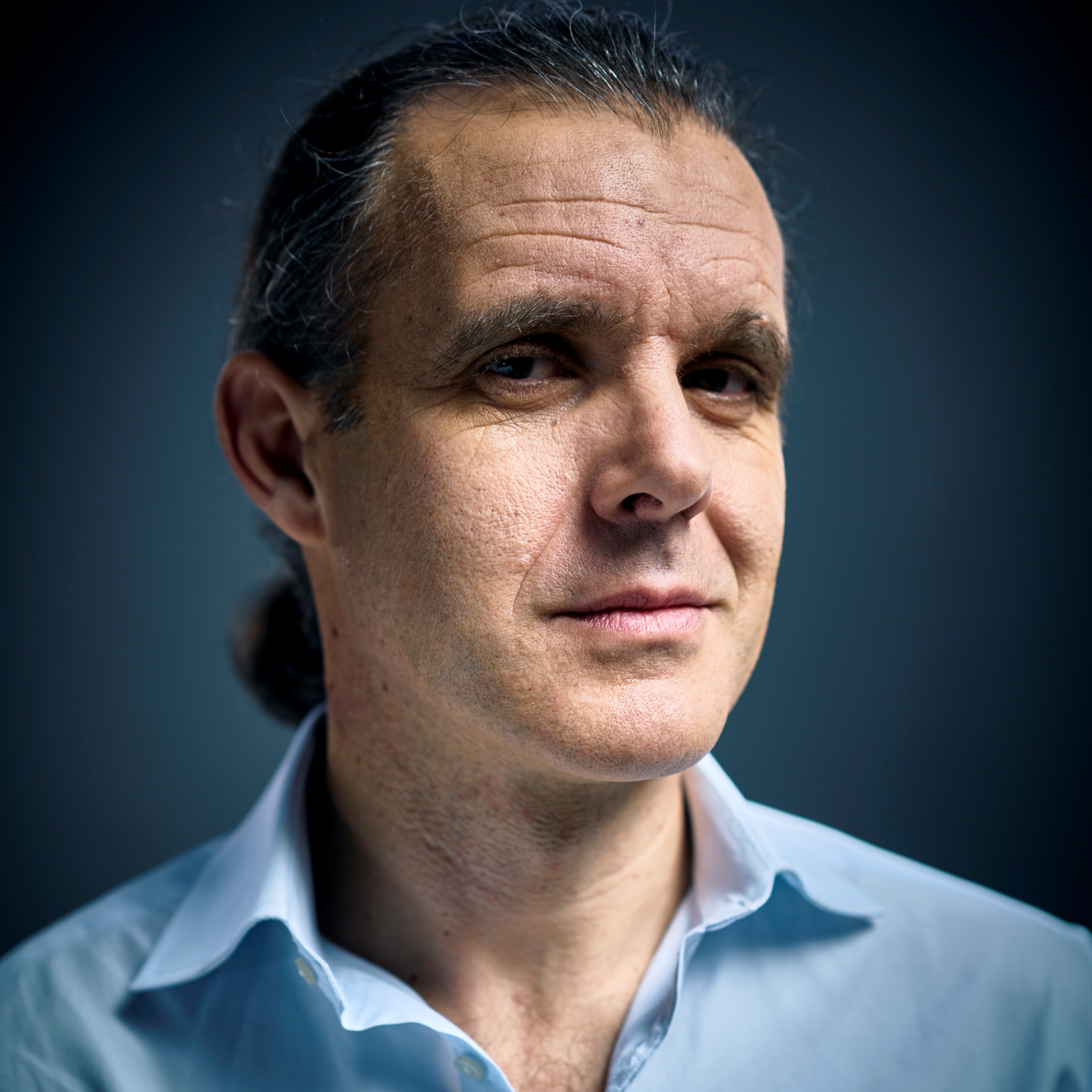
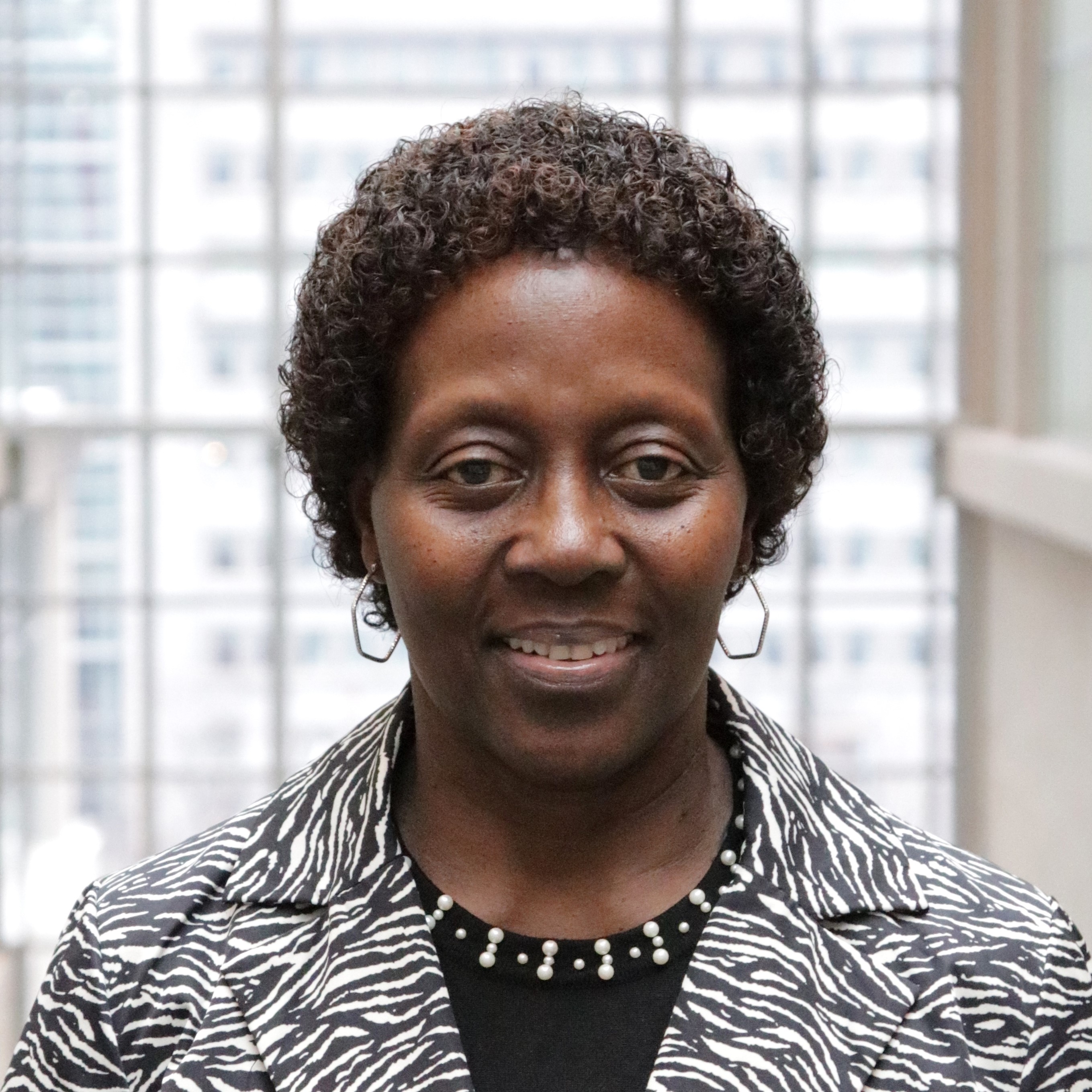
Elizabeth Mrema
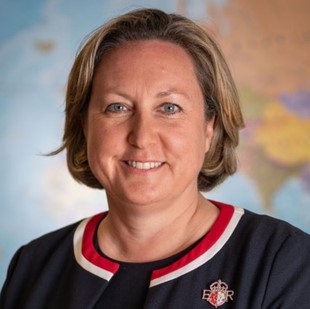
Anne-Marie Trevelyan
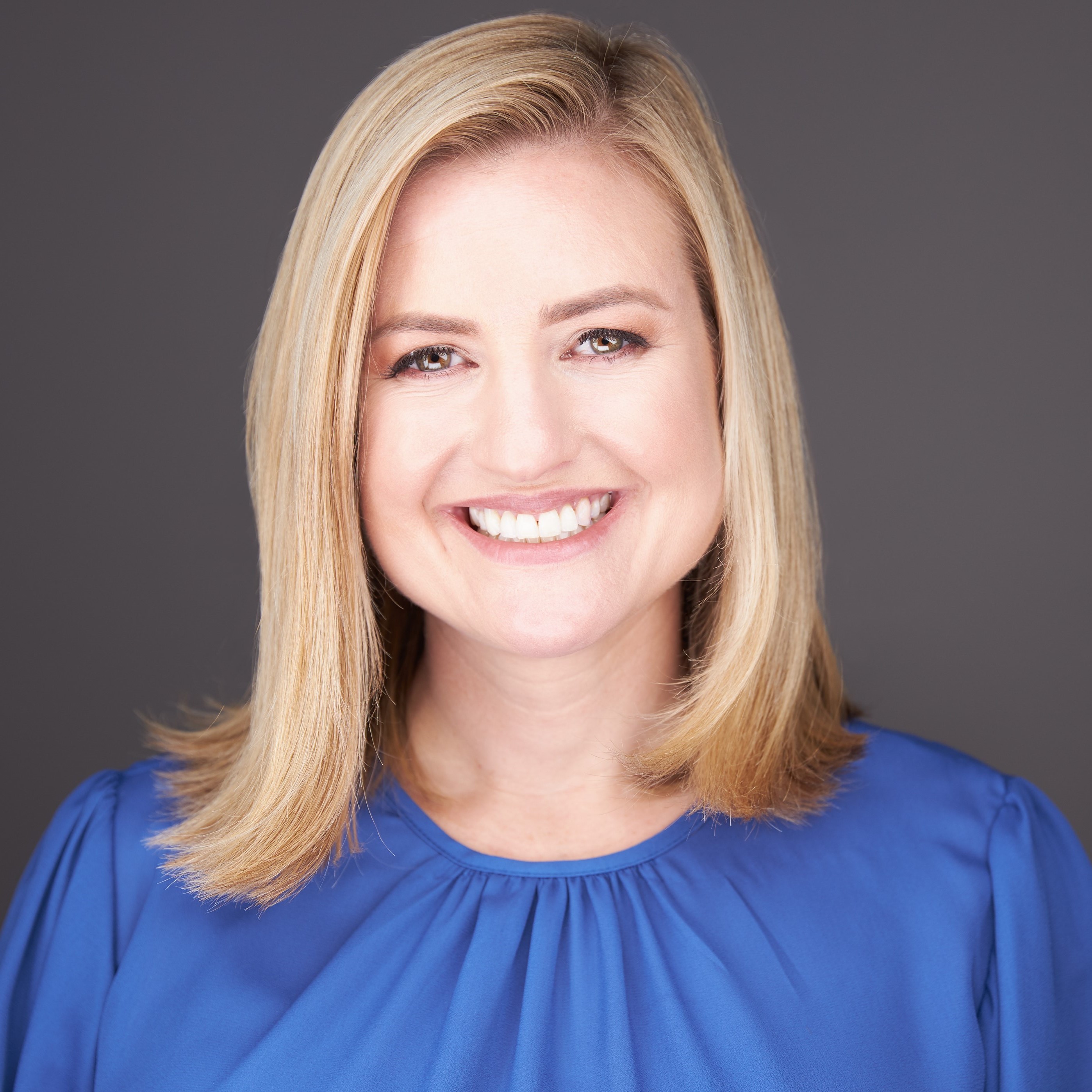
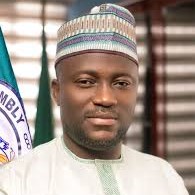

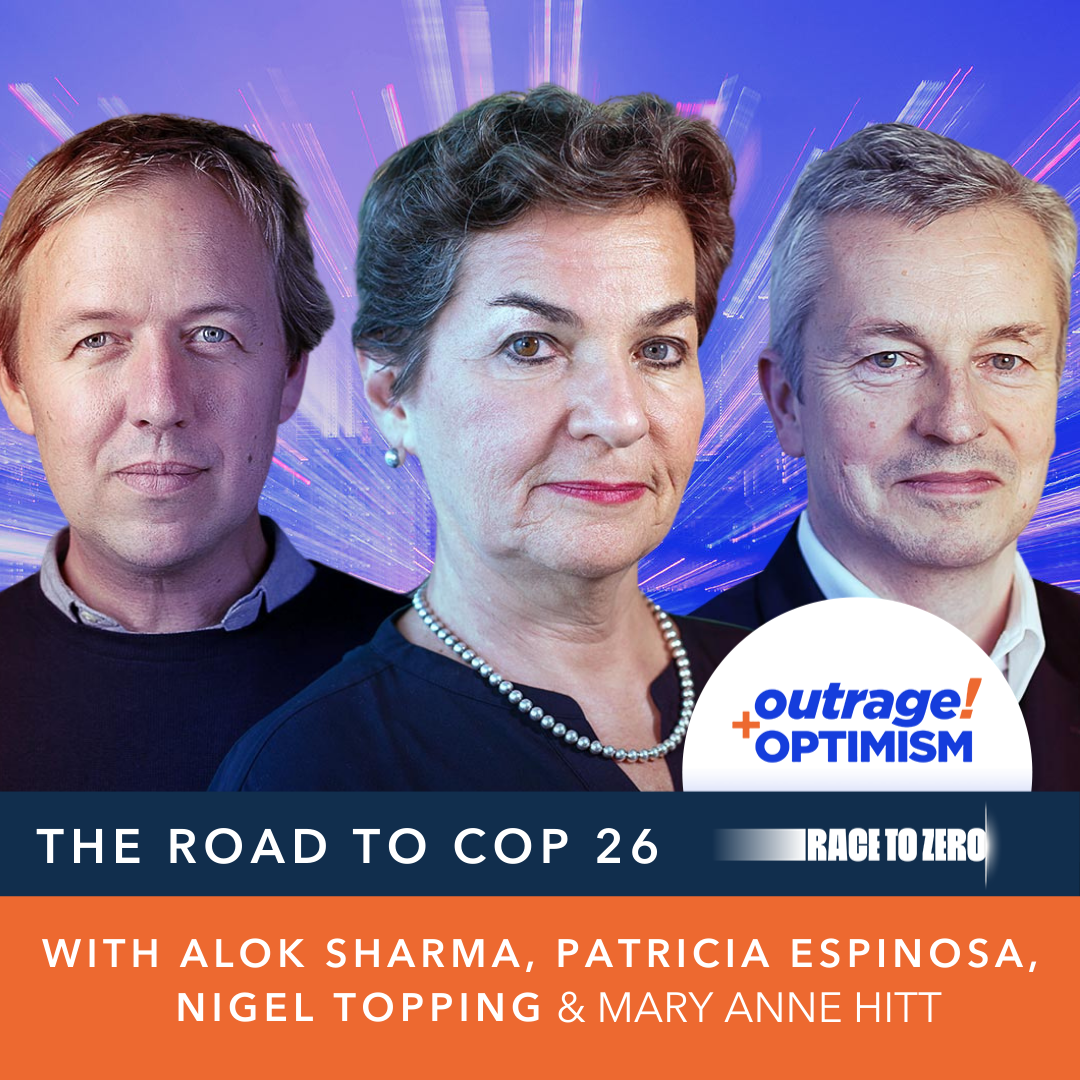
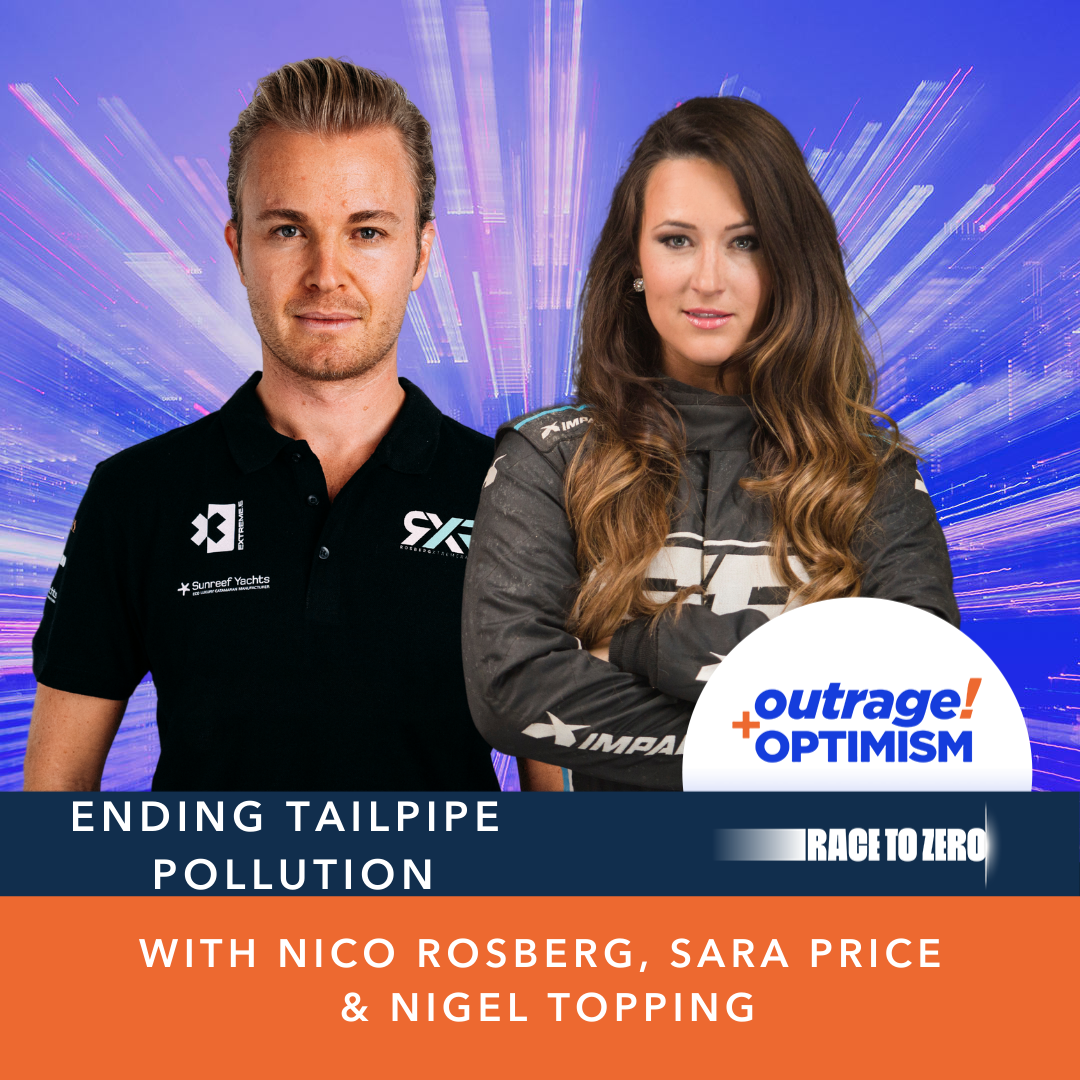
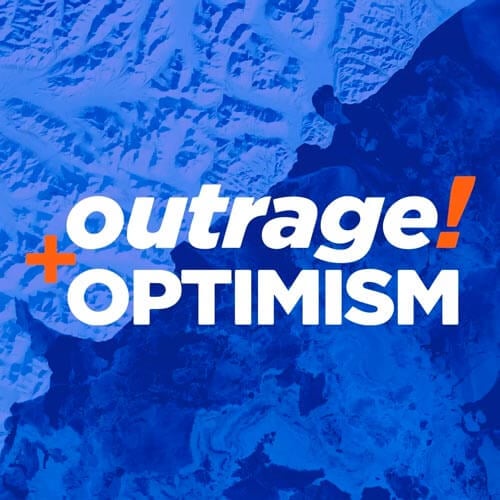
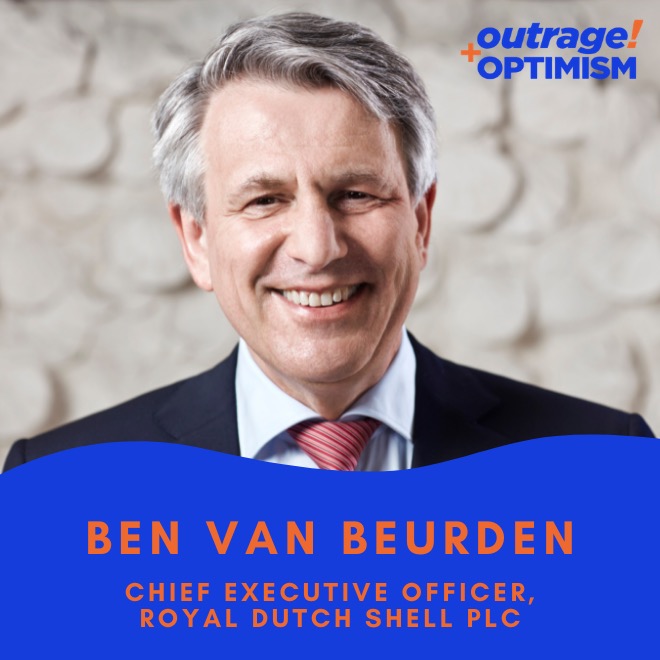
%20web%20optimised.jpg)
.jpg)
